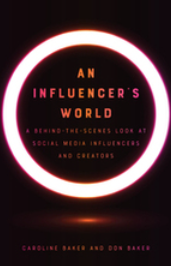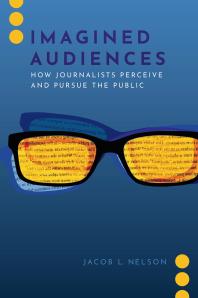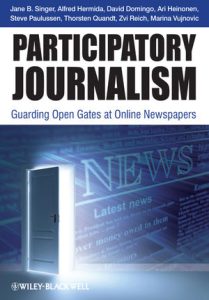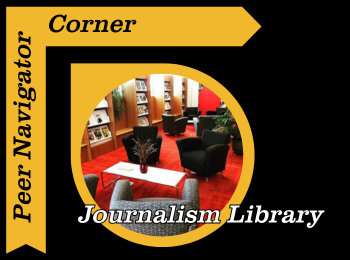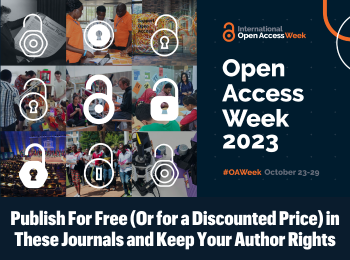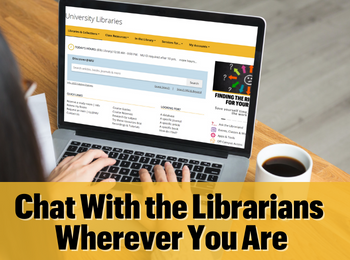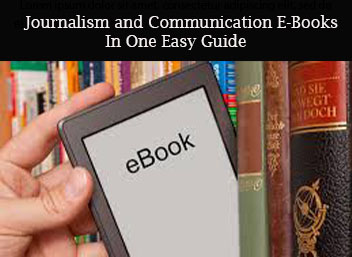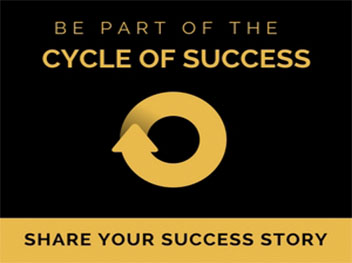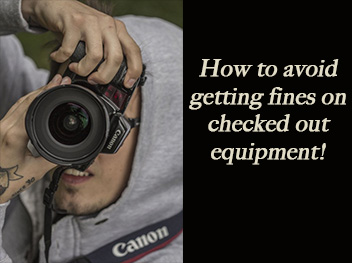Written by: Laide Agunbiade
As a student navigating the busy campus of the University of Missouri, it’s easy to get caught up in the daily routine of lectures, assignments, and student organizations. However, within the chaos lies a hidden gem that many Mizzou students often overlook—the University of Missouri Journalism Library. Nestled within the walls of the world-renowned Missouri School of Journalism are an enormous number of resources tailored specifically to journalism.
When you’re stepping foot into the Journalism Library it’s hard to miss the red carpet as you’re walking in. From a collection of over 35,000 volumes, journals, and state-of-the-art multimedia equipment, the library serves as a place for students seeking to deepen their understanding of the field. Yet, what really makes this library so unique is its emphasis on catering to the needs of students, researchers, and journalists through specialized databases, exclusive software, archival materials, and rare collections like photojournalism.
The exclusive Bloomberg computer on campus is also located in this library and is available to all students, allowing them to get their hands on real-time market data! Moreover, journalism students have the unique privilege of checking out equipment such as cameras, audio recorders with just their student ID numbers, and can access video editing software to work with any content they create.
Beyond its extensive collection of print and digital resources, the Journalism Library also serves as a hub for collaboration and creativity. With curated spaces for study sessions, a bike desk, media production, and editing, students have the opportunity to engage in hands-on collaborative projects.
Despite its wide assortment of resources, it’s surprising how many Mizzou students remain unaware of the Journalism Library. Share with your friends to raise awareness and encourage students, particularly those within the J-school, to take full advantage of what it has to offer. Whether conducting research for a class project, gaining multimedia skills, or seeking guidance from experienced librarians, the Journalism Library stands ready to support students on their academic and professional journeys.


